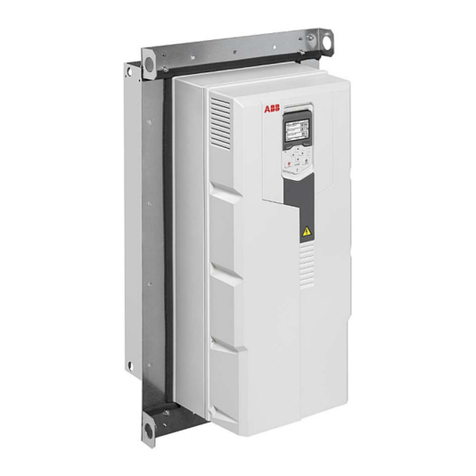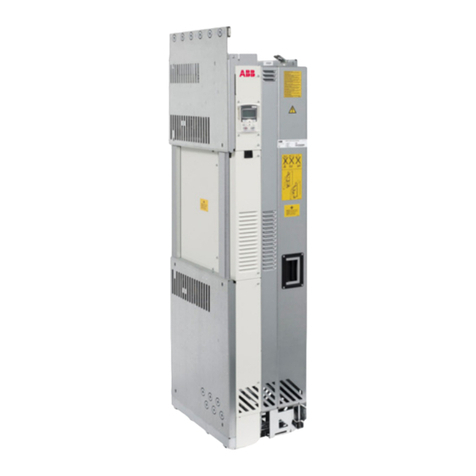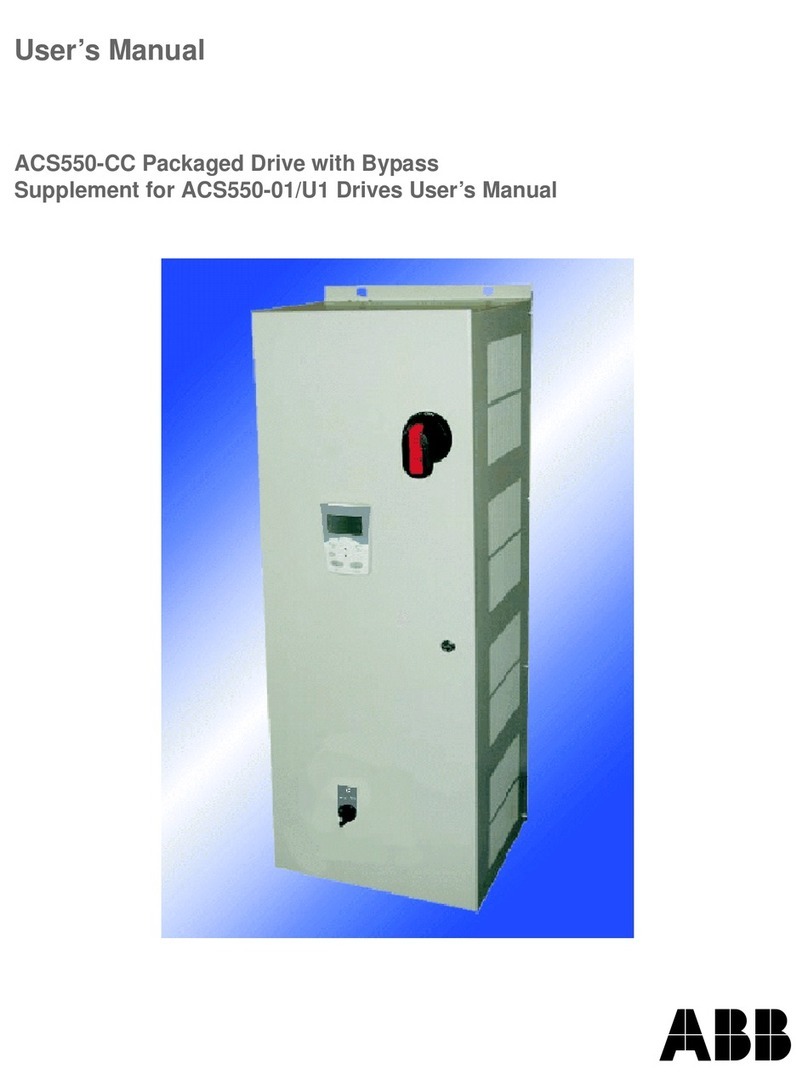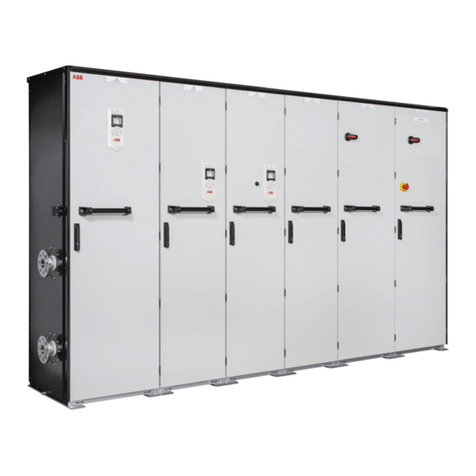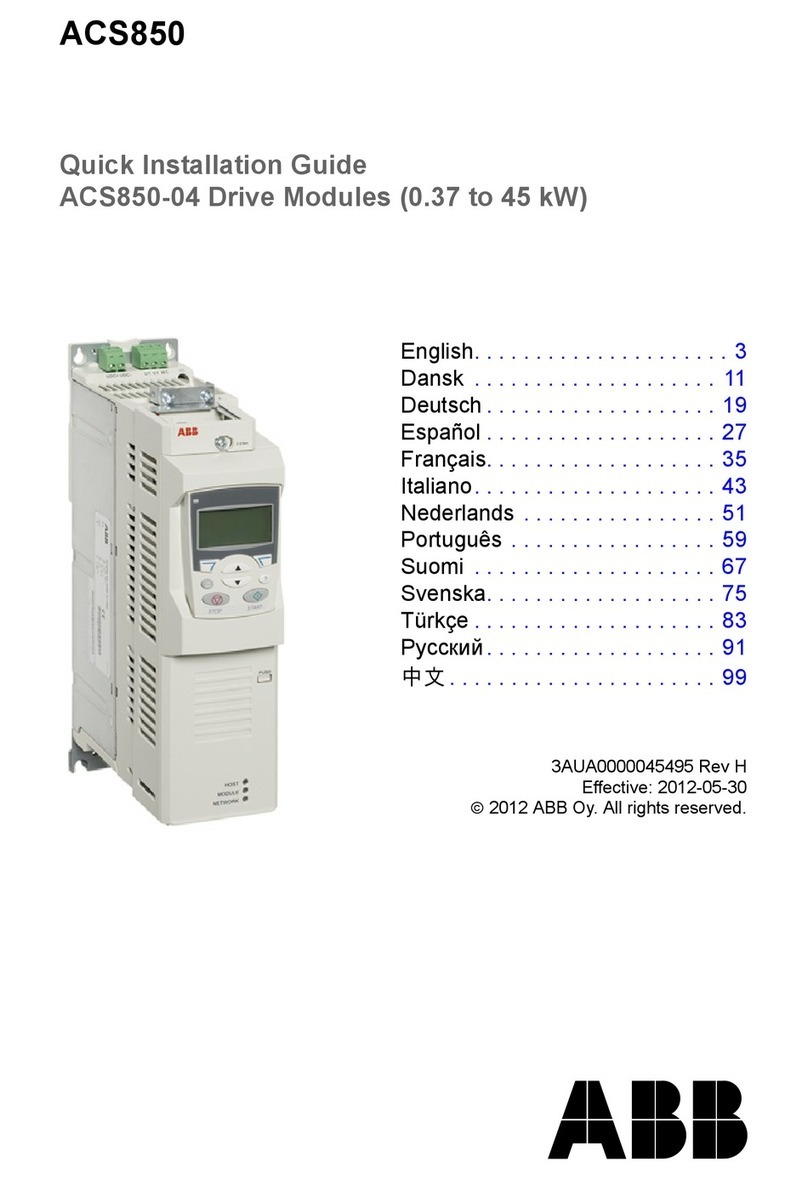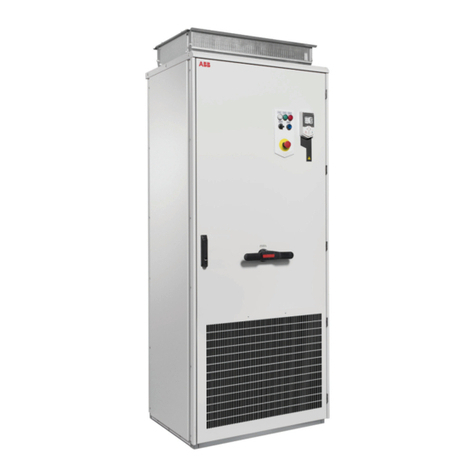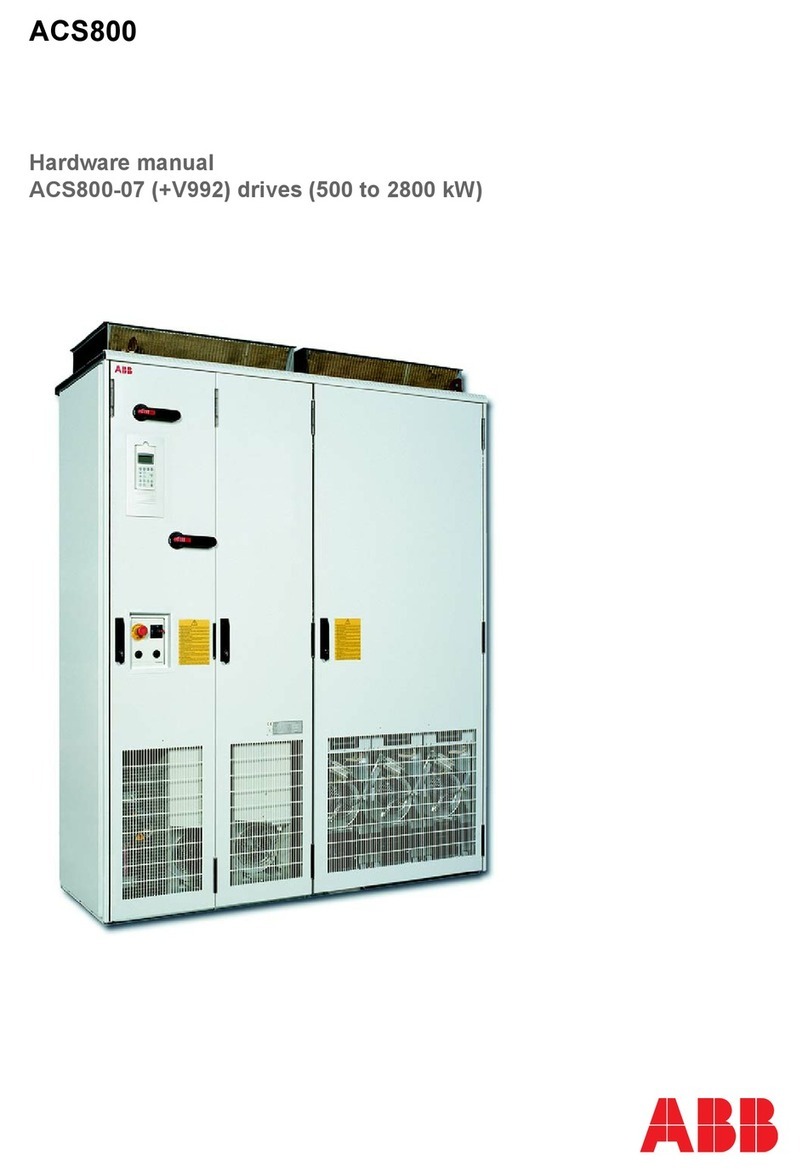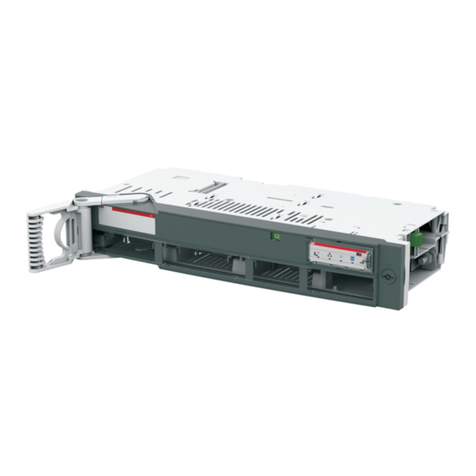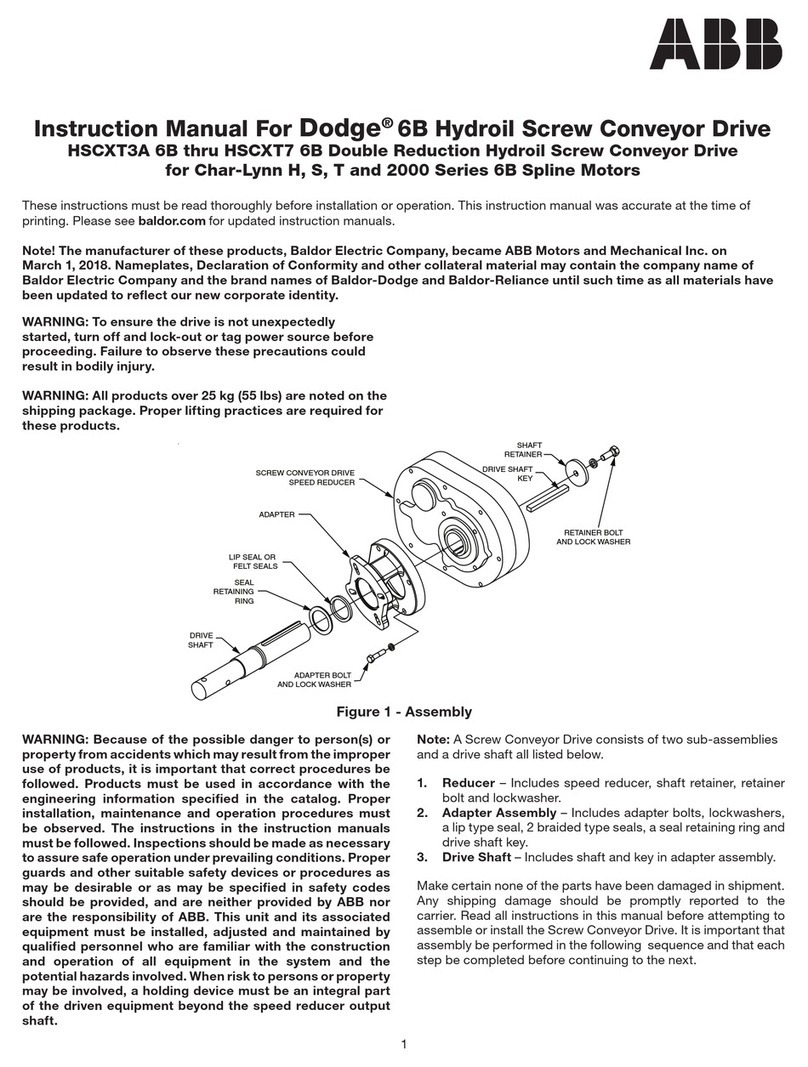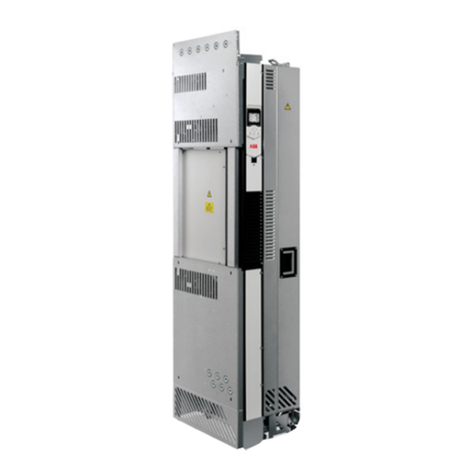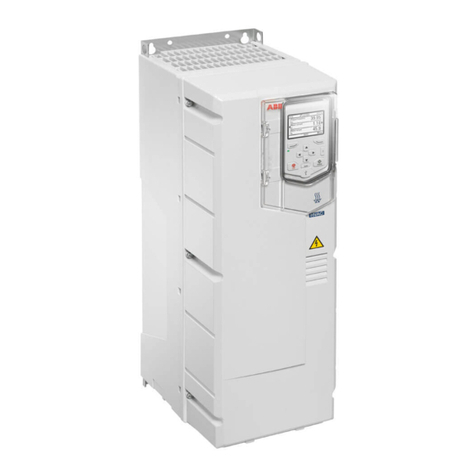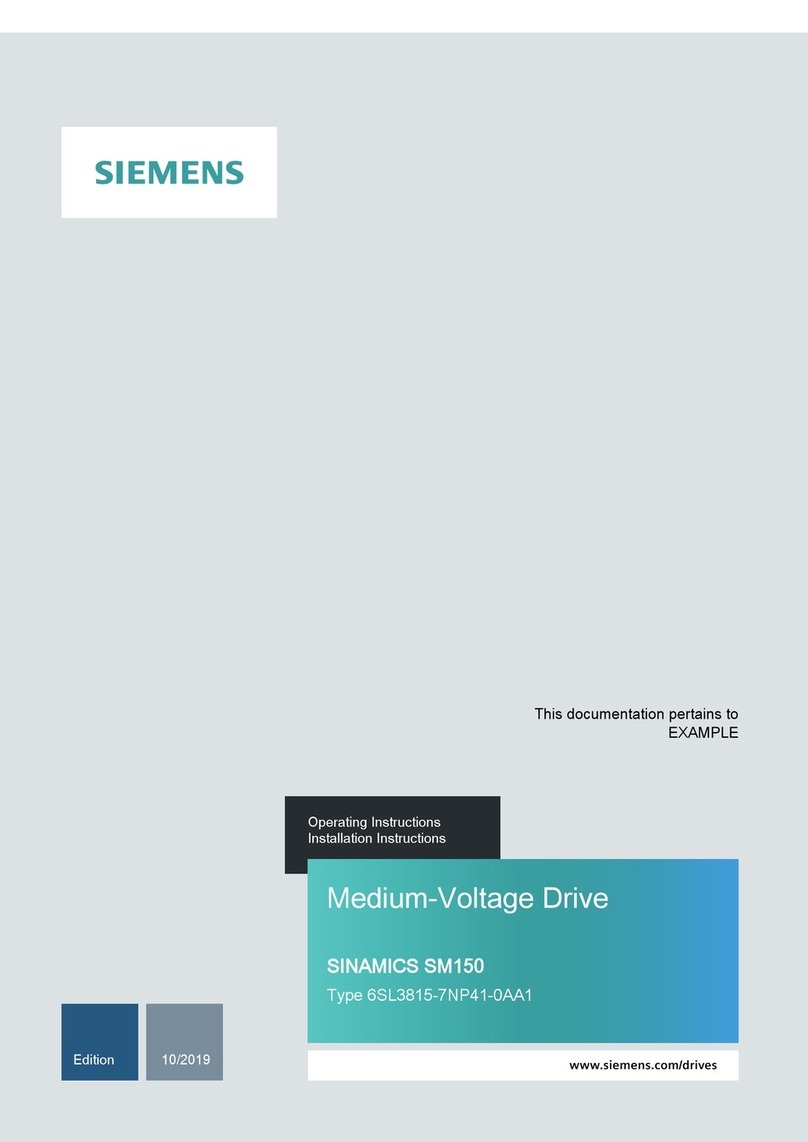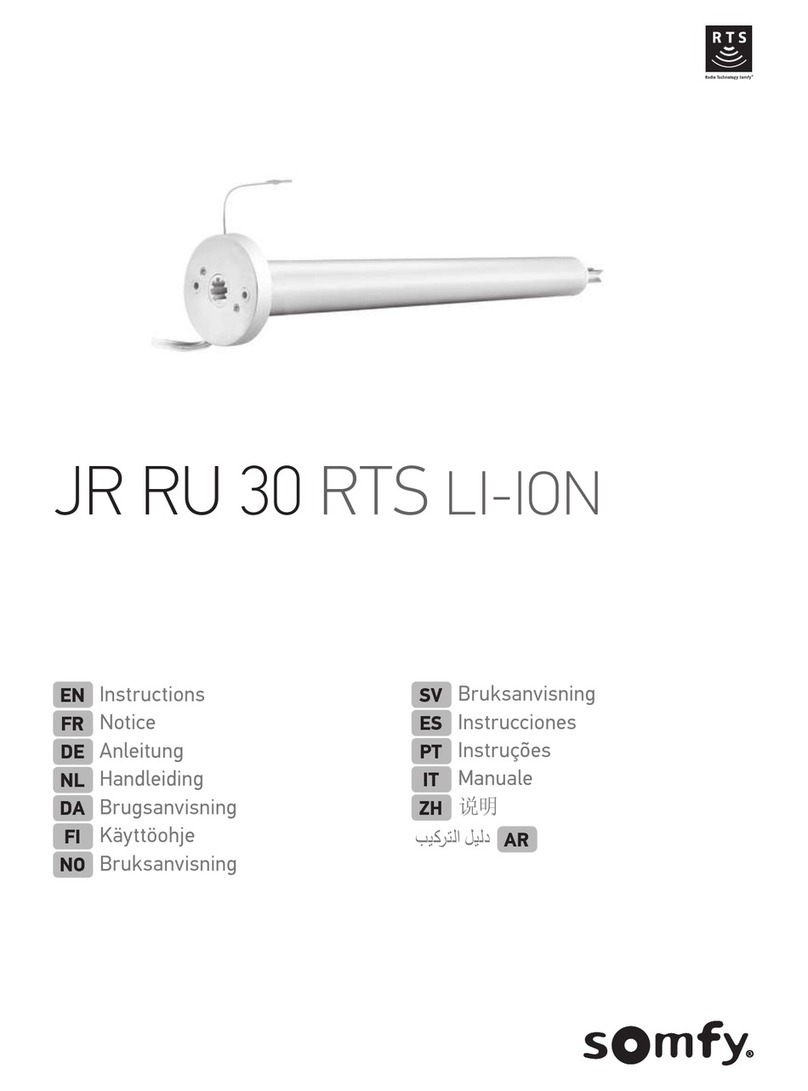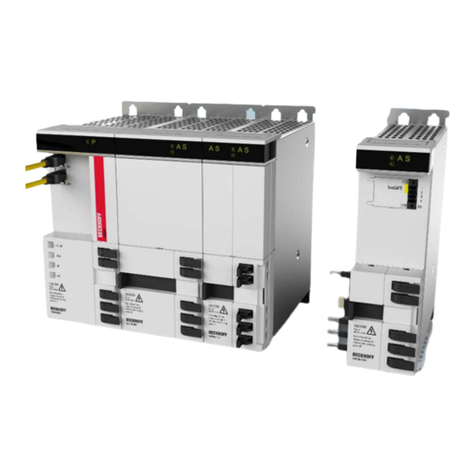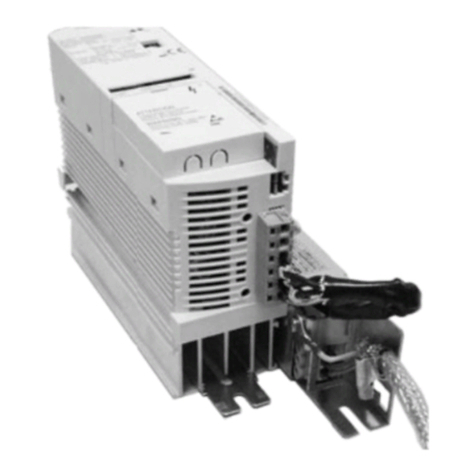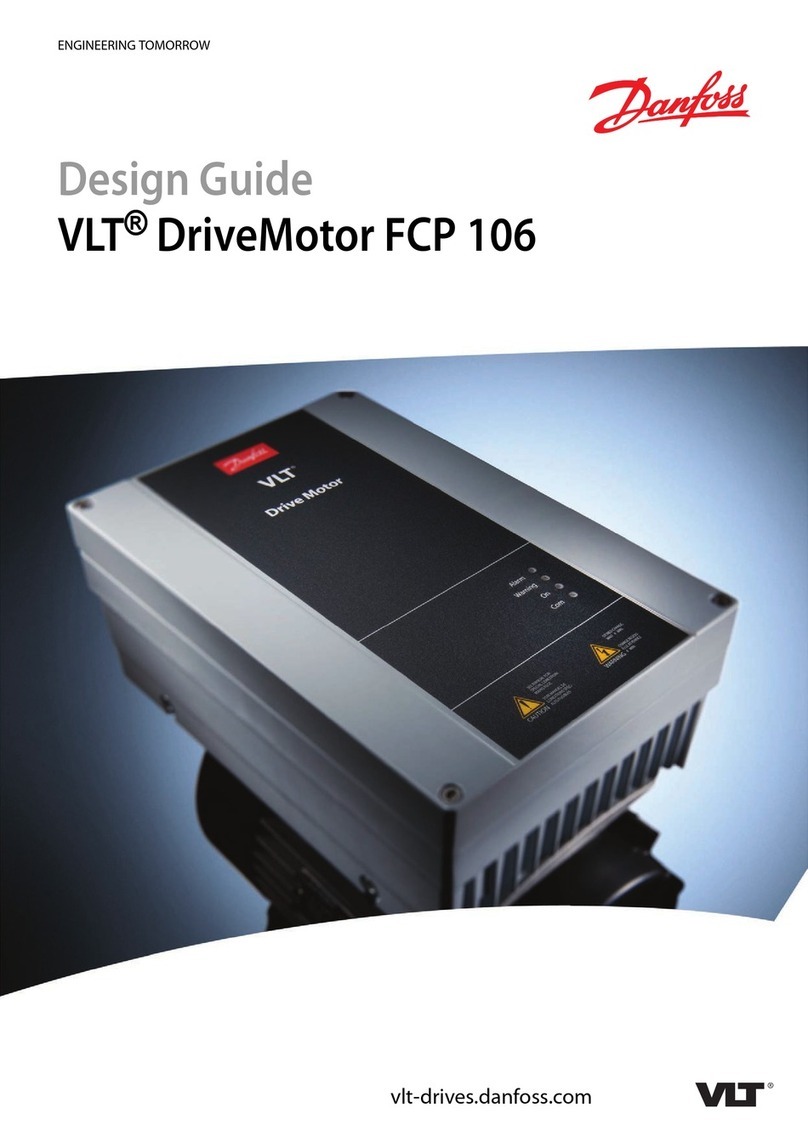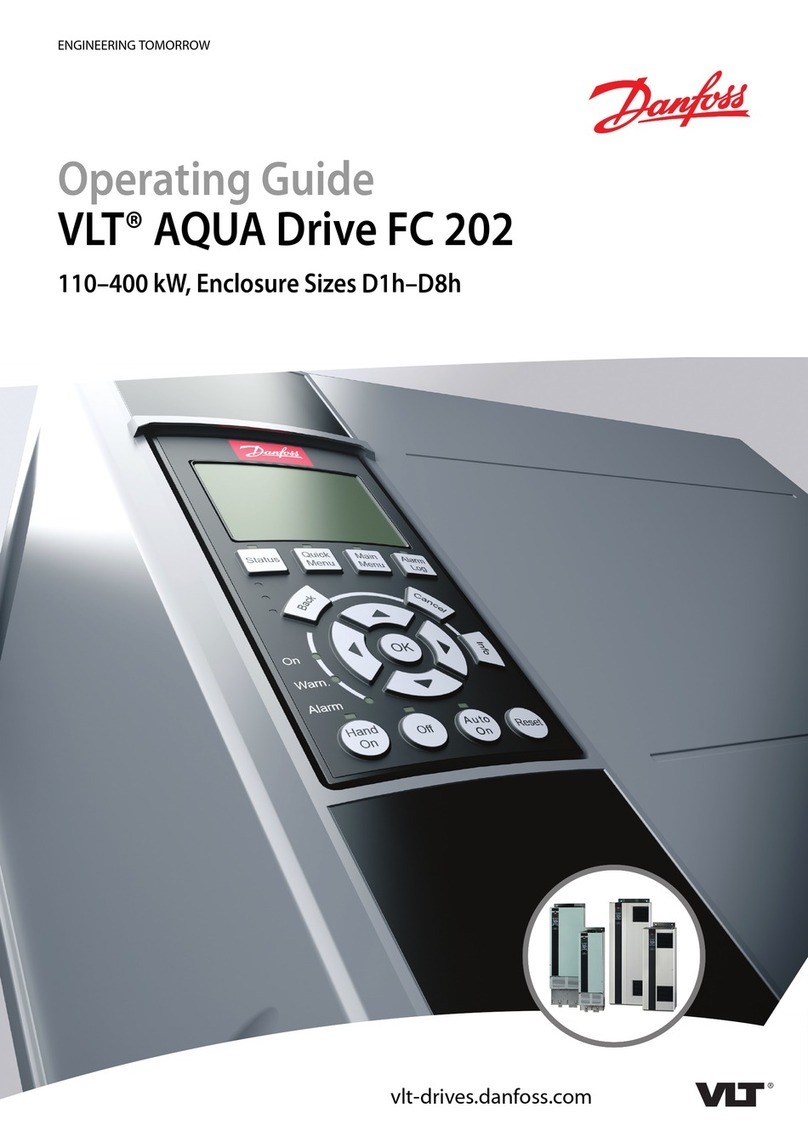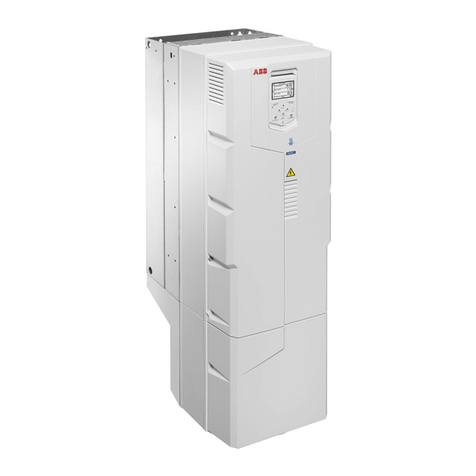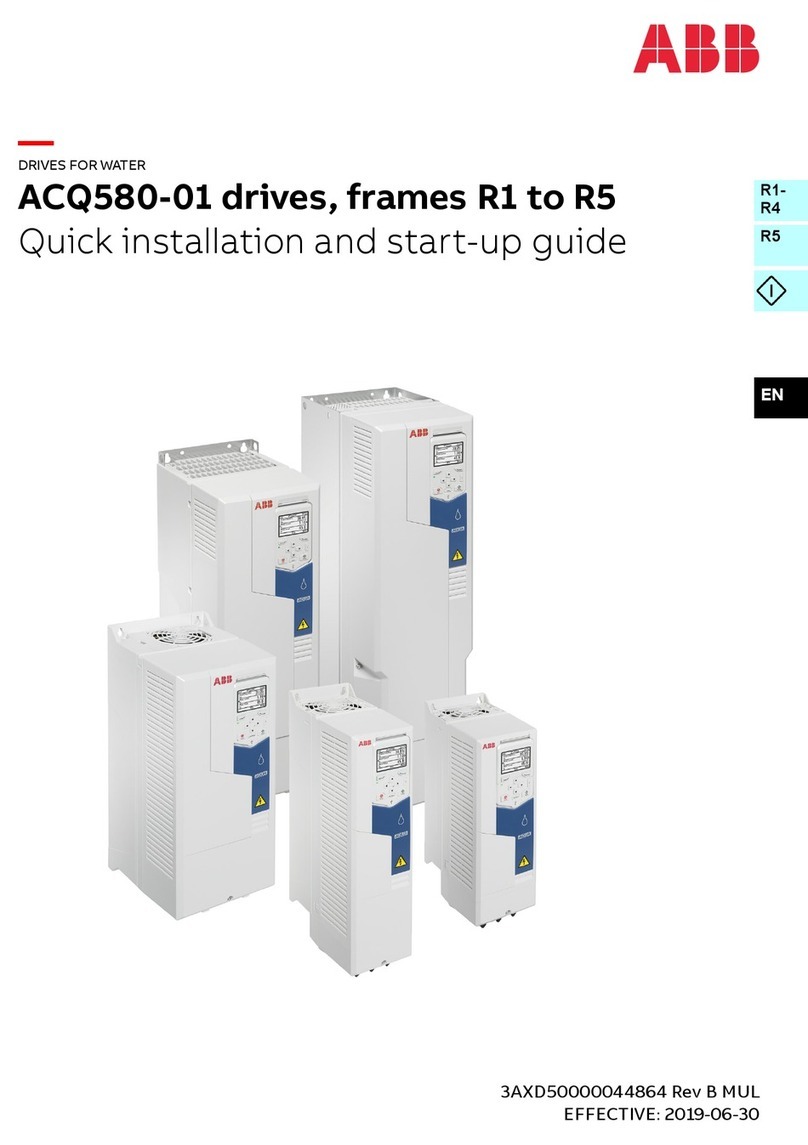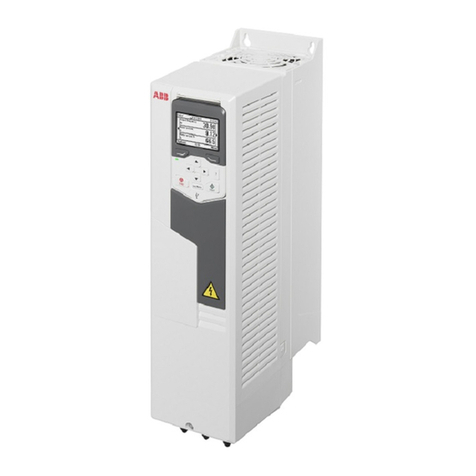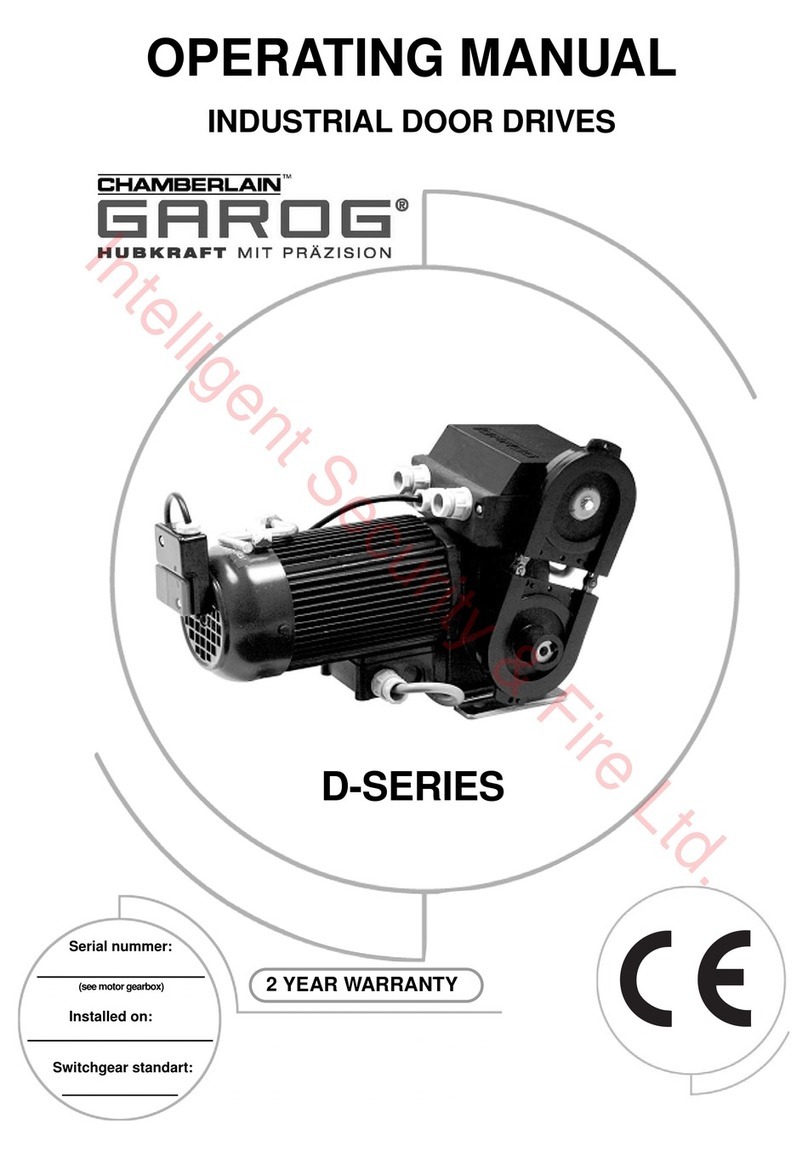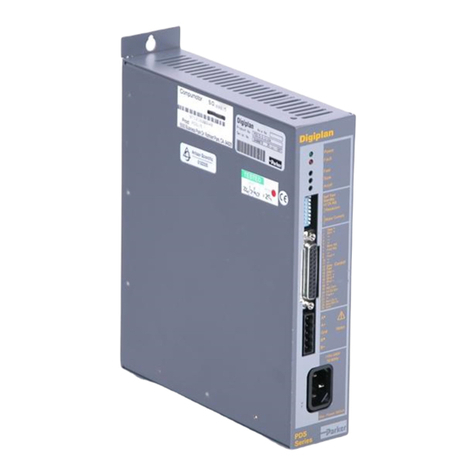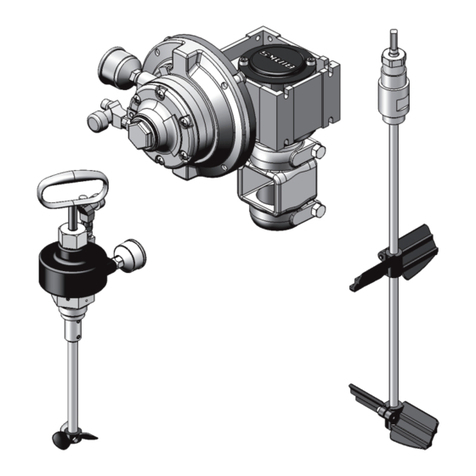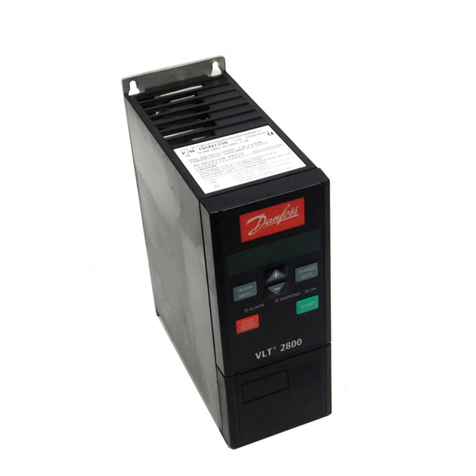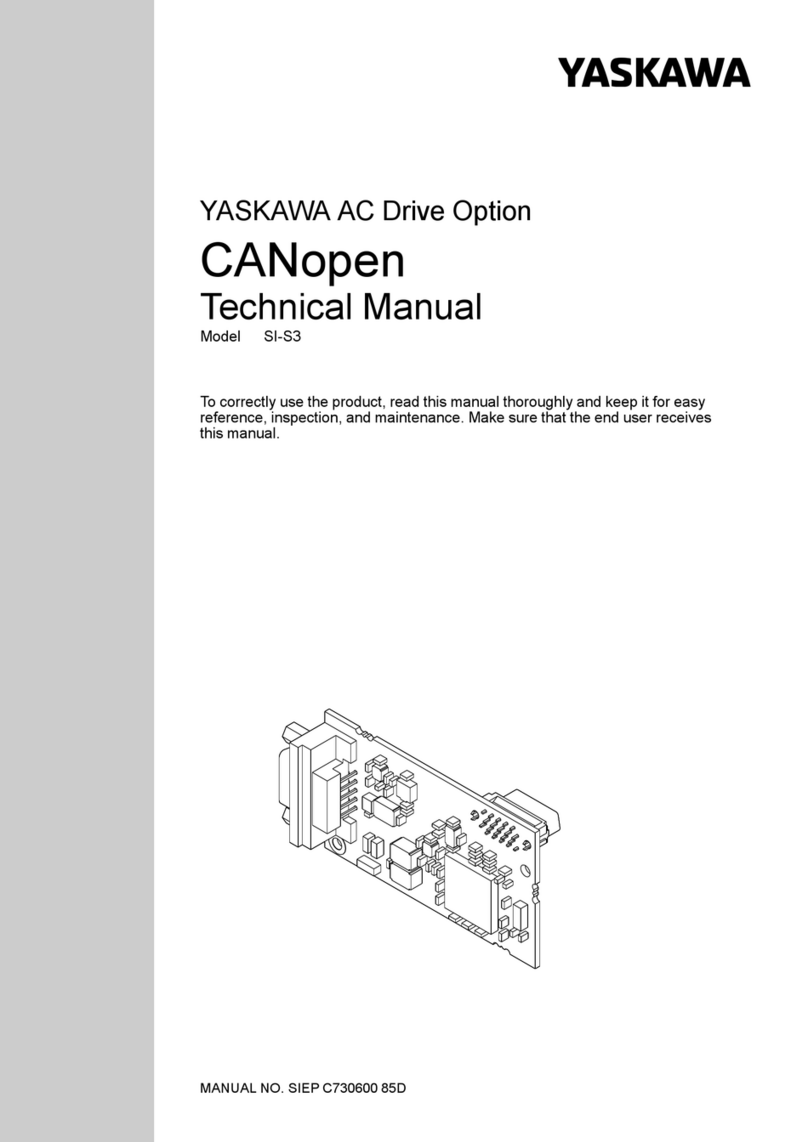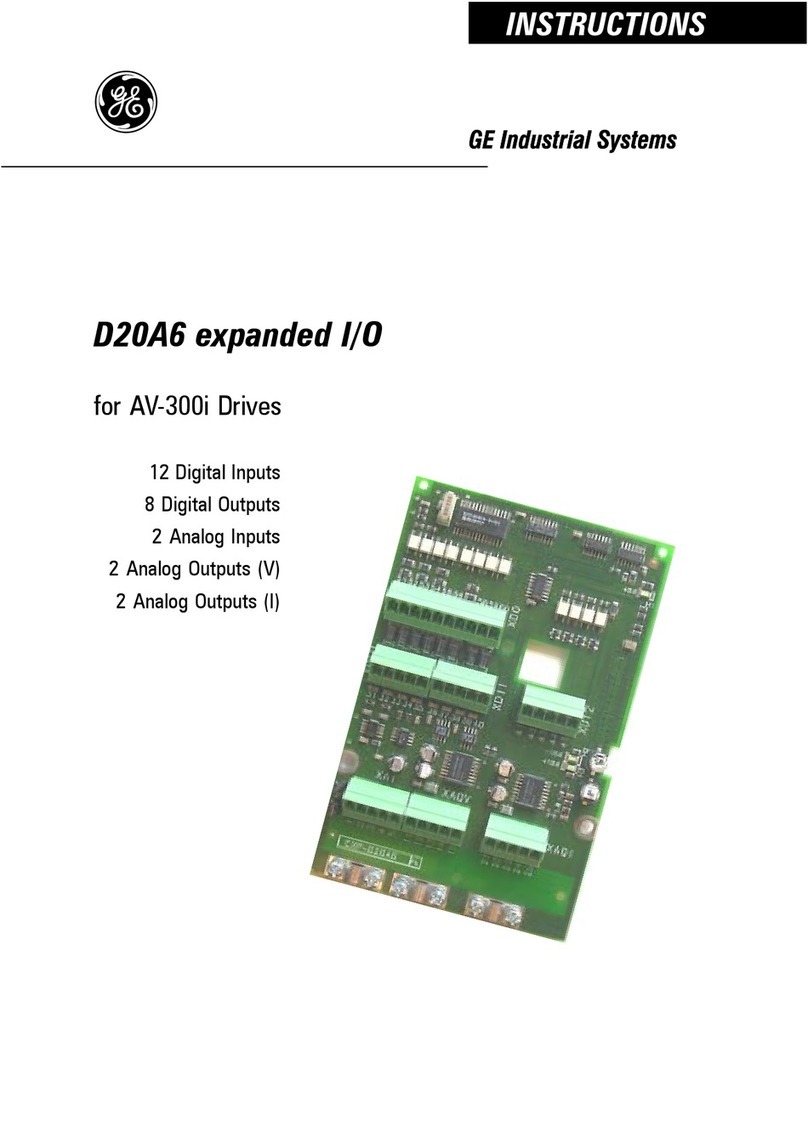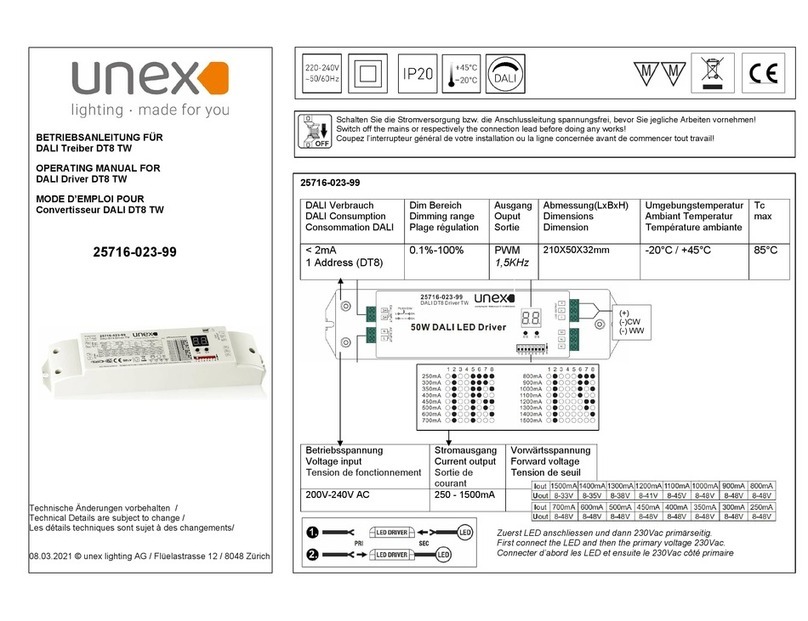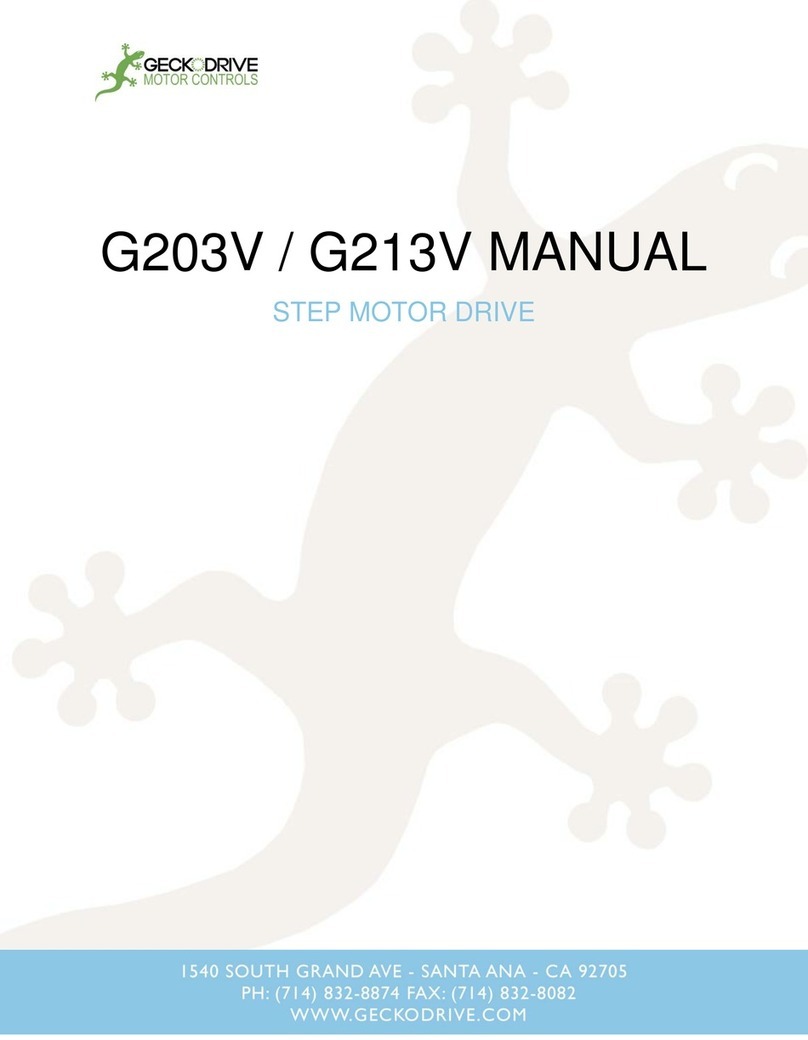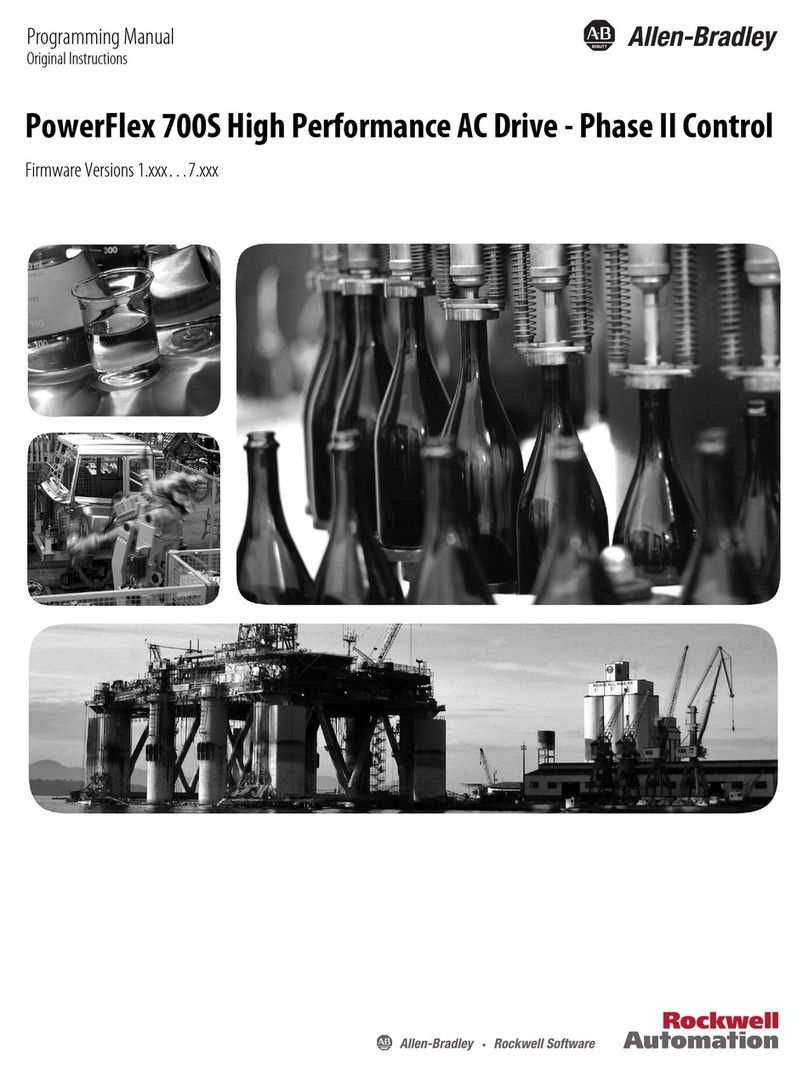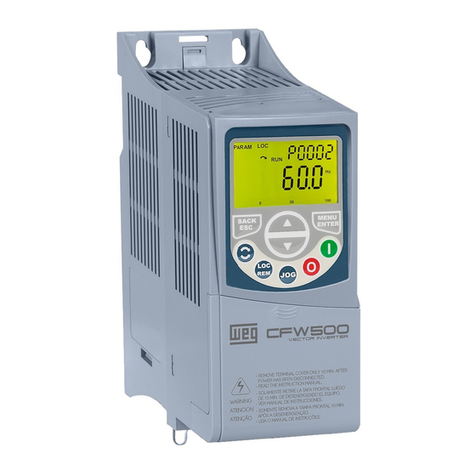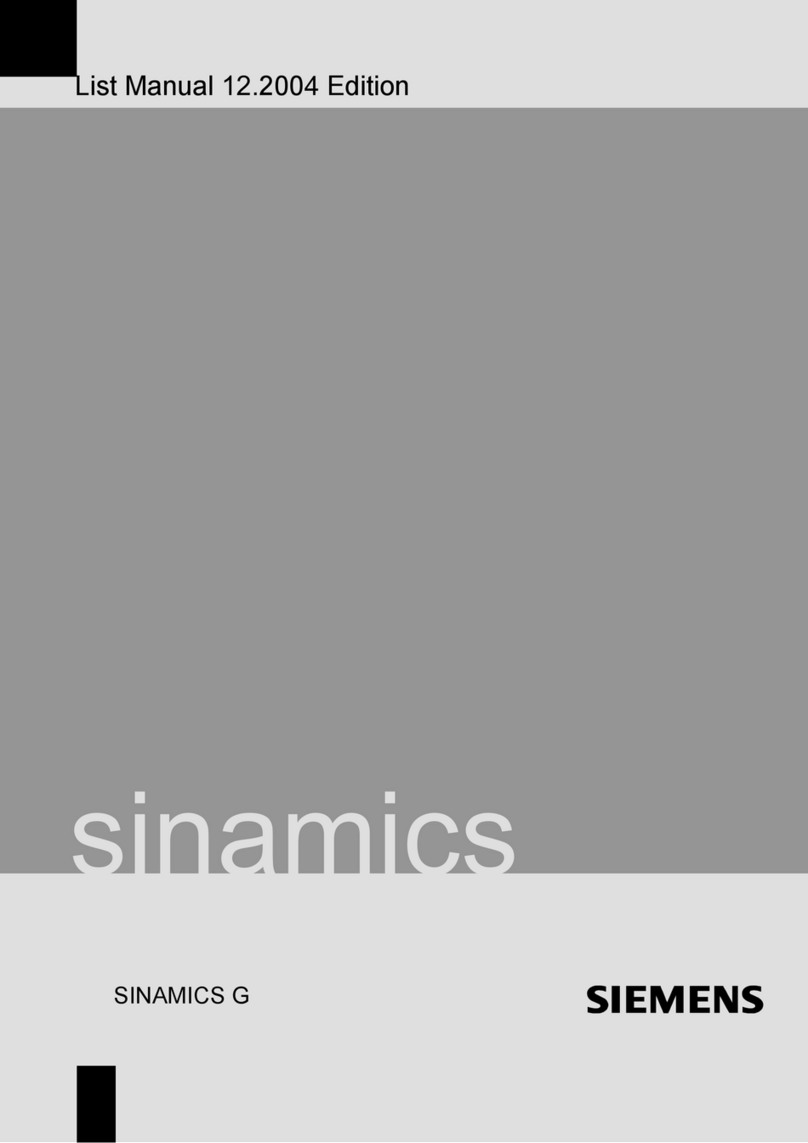
36Examining the installation site ..................................................................
36Required tools .....................................................................................
36Unpacking the delivery ...........................................................................
37Installing the drive ................................................................................
37To install the drive with screws ..............................................................
37To install the drive to a DIN installation rail ................................................
5 Guidelines for planning the electrical installation
39Contents of this chapter ..........................................................................
39Limitation of liability ...............................................................................
39Selecting the main supply disconnecting device .............................................
39European Union ...............................................................................
40North America ..................................................................................
40Other regions ..................................................................................
40Selecting the main contactor ....................................................................
40Checking the compatibility of the motor and drive ...........................................
40Selecting the power cables ......................................................................
40General guidelines ............................................................................
41Typical power cable sizes ....................................................................
41Power cable types .............................................................................
41Preferred power cable types .............................................................
42Alternate power cable types ..............................................................
42Not allowed power cable types ..........................................................
43Additional guidelines, North America .......................................................
43Metal conduit ...............................................................................
43Power cable shield ............................................................................
44Selecting the control cables .....................................................................
44Shielding ........................................................................................
44Signals in separate cables ...................................................................
44Signals that can be run in the same cable .................................................
44Relay cable type ...............................................................................
45Control panel to drive cable ..................................................................
45Routing the cables ................................................................................
45General guidelines – IEC .....................................................................
45General guidelines – North America ........................................................
46
Continuous motor cable shield/conduit or enclosure for equipment on the motor
cable .............................................................................................
47Separate control cable ducts ................................................................
47Implementing short-circuit and thermal overload protection ................................
47Protecting the drive and input power cable in short-circuits .............................
47Protecting the motor and motor cable in short-circuits ...................................
47
Protecting the drive, and the input power and motor cables against thermal over-
load ..............................................................................................
47Protecting the motor against thermal overload ...........................................
48
Protecting the motor against overload without thermal model or temperature
sensors .........................................................................................
48Implementing a motor temperature sensor connection .....................................
49Protecting the drive against ground faults .....................................................
49Residual current device compatibility ......................................................
49Implementing the Emergency stop function ..................................................
49Implementing the Safe torque off function ....................................................
49Using a safety switch between the drive and the motor .....................................
6 Table of contents
